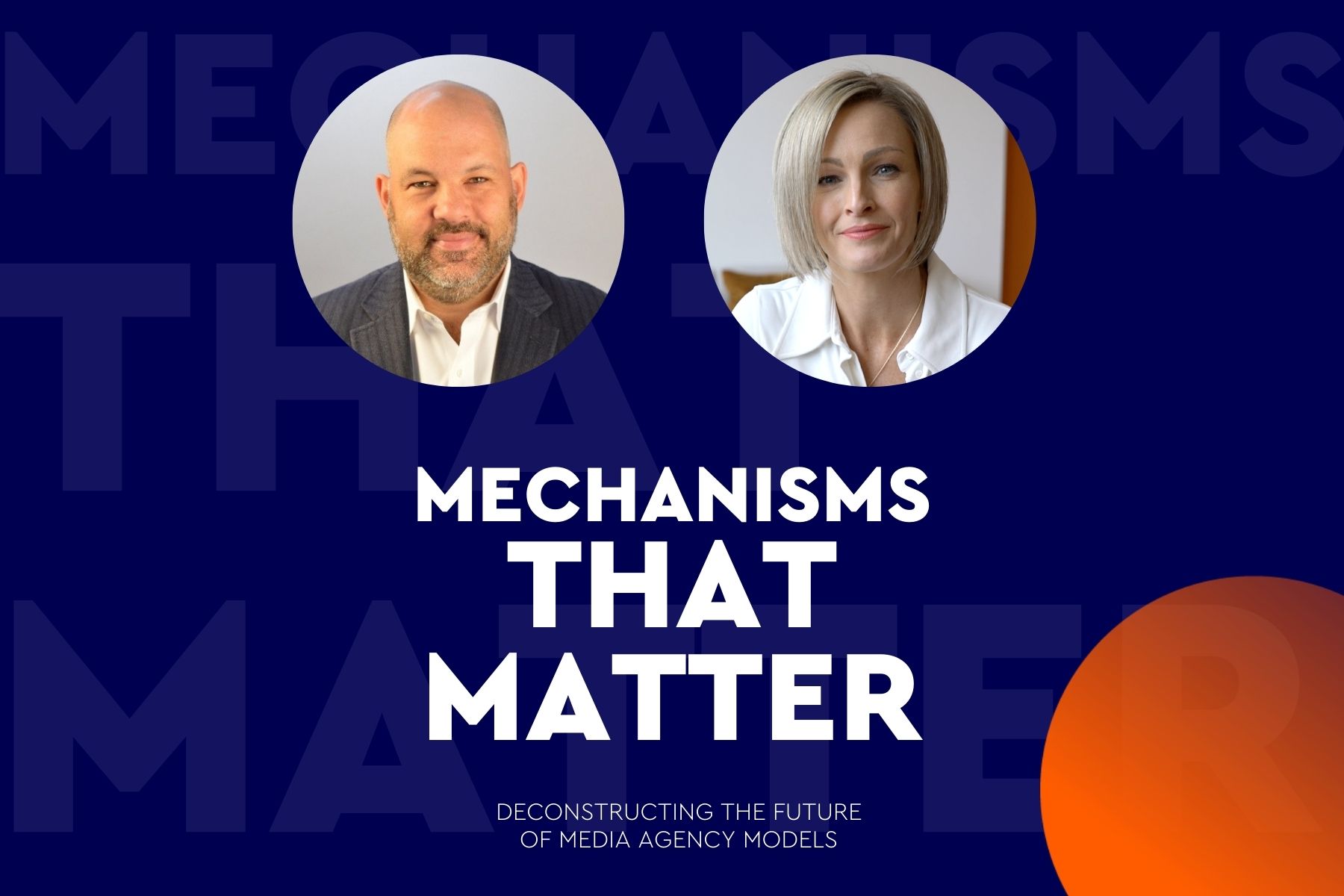
“I’m not entirely sure what it is but I do know I want it.”
A foolhardy attempt to de-mystify that precious property we call creativity
Let’s begin by eliminating. When we talk about creativity in marketing communications, we’re not talking about paintings, plays or poetry. Creativity in marketing uses exactly the same tools as the fine arts do – words, images, sound – but unlike the fine arts, all creativity in marketing exists for an agreed purpose. It is expected to have an effect on its audience: on their knowledge, on their feelings, on their behaviour. It is expected not only to pay for itself but to return more than its cost to its sponsor.
That’s the only class of creativity that concerns us here. But how do we recognise it? For years we’ve ducked the question by sub-contracting the identification of creativity to the judges of creative awards ceremonies: if it gets an award for creativity, it’s obviously creative. But that’s not really good enough. Creativity in our world existed long before creative awards came into being. We ought to know exactly what it is that we value so highly, why we’re right to do so and how to encourage more of it.
Many years ago, according to advertising folklore, an agency copywriter, walking on Madison Avenue, encountered a beggar. The man held a sign which read, “I am blind.” The upturned cap at his feet was almost empty.
The copywriter gently reached for the card, took out his pen, added three words, returned the card to the beggar and resumed his walk. Two hours later, he returned.
The beggar hadn’t moved but his upturned cap was no longer almost empty. It contained a handsome pile of nickels and dimes and even a few dollar bills. The card, as amended by the copywriter, now read, “It’s Spring – and I am blind.”
Willing collaboration
The process of thought that the copywriter went through would have been familiar to any good advertising agency. What’s the objective? To increase the beggar’s takings from passers-by. What’s the strategy? To remind passers-by of the deprivations that the blind suffer. So far, so simple. The copywriter could have written: “I am blind – so I can’t see what you can see.” That would have met the brief all right – but it wouldn’t have pulled in the dollars.
Instead, he did what talented communicators, through intuition and training, instinctively do. Based on his understanding of human nature, he sought for an idea that would act as a spur, as a stimulus, that would conjure an immediate, rich and intense response in the minds of those passers-by.
Brand positioning must make competitive sense; so you need to know not just how people currently feel about your own brand but how they feel about all other brands in the same sector
Unlike the clumsy alternative, “It’s Spring” is incomplete: its full significance is imagined and supplied by the onlooker. And all the evidence suggests that, in any form of communication, the more you can entice your subjects into willing collaboration, the more successful that communication will be.
Through its sheer efficiency, this kind of creativity makes marketing money go further. It may not always look “creative” and may seldom win creative awards, but it’s worth a lot more than a piece of silverware. And it’s particularly valuable when seeking an immediate response – or “brand activation” to use the jargon. “It’s Spring” activated a lot of people to take immediate action.
Brand-building
Brand-building calls for a different form of creativity; though the term needs a bit of sceptical interrogation (see later).
It’s well-established that successful brands offer their users more than pure function. Successful brands have personalities, images, reputations: people can be fond of brands; can unselfconsciously describe them as “friendly” or “bossy” or “generous”. These characteristics are created in people’s minds as a result of a multitude of brand associations that are absorbed at a very low level of consciousness. Satisfaction with function is clearly paramount. Other associations may be advertisements, packaging, sponsorship, in-store display, influencers or news items. Whether your parents used that brand – or didn’t – can have an effect on how you feel about that brand.
The art of creating a strong and distinctive brand is first to determine what precise set of characteristics you believe, realistically, will make that brand most attractive to which defined set of people; and then to create the associations – the clues, the stimuli – that will trigger those target responses in the minds of those people.
This process demands a high degree of both discipline and creativity. Brand positioning must make competitive sense; so you need to know not just how people currently feel about your own brand but how they feel about all other brands in the same sector. The interpretation of the necessary research, if it is to illuminate a path to the future rather than simply deliver a snapshot of the present, demands imagination (one outstanding agency planner has said that she not only reads research findings, she tries to smell them).
When the ideal brand responses have been identified and conditionally agreed, already an imaginative act, it’s time for invention (it’s seldom quite so linear; often the right strategy emerges gradually as the process of invention goes through phases of trial and error). The search is not so much for explicit propositions or messages; the most effective factors that affect brand reputation tend to be implicit. Again, the audience is being invited to participate; to absorb subconsciously the significance of the idea, or the story, or the music, or the choice of celebrity. Even the choice of media can, of itself, contribute to a brand’s personality.
This is how brands are built, become salient, acquire a kind of fame, make their presence felt. And, as a result, earn loyalty, command a fair price, resist competition and reliably deliver profit in the years ahead. But as any publicist will tell you, for fame to be sustained, the subject must be kept in the public eye or that fame will fade. For the majority of brands, already enjoying an earned position, the role for creativity is primarily one of brand maintenance. A company would never question the need for a maintenance budget to protect its tangible assets. The case for a maintenance budget for its brands is equally compelling – and one that only creativity can deliver.
published on
30 April 2020
Category
More in Communications

Rebranding cancer: how brands heal and hurt
Along with consumer brands, the ‘brand’ of condition or event influences us.

Mechanisms that Matter – Inside WPP | Ford’s revolutionary marketing model
How a process created on the factory floor over 70 years ago has transformed ops for the auto giant

How to build your brand in-game
A new research report from WPP and SuperAwesome

